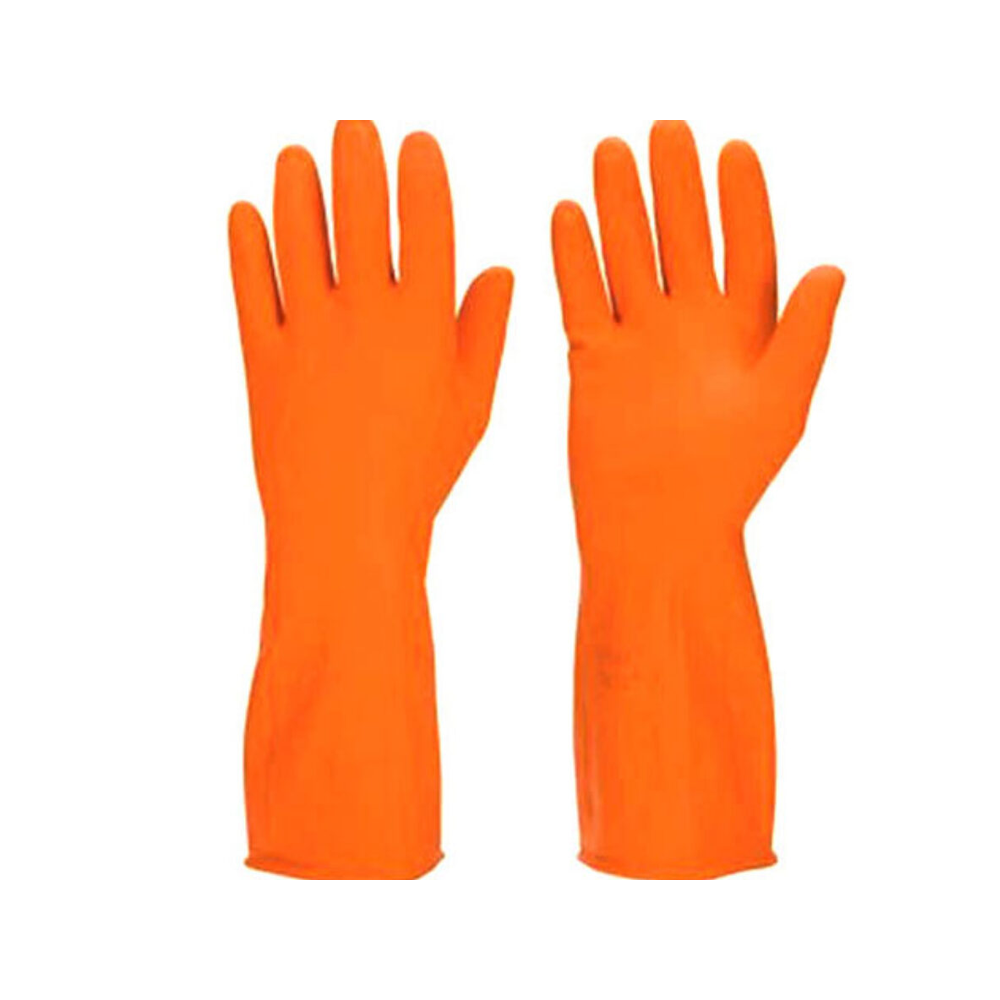🚚 Fast Delivery | ⭐ Best Quality | 📞 24/7 Support
+971 2 552 3918
info@coolwaybm.com
- Power Tools & Machinery
- Fire and Safety Equipement
Fire and Safety Equipement
- Adhesives
- Plumbing & Sanitary
- Packing Materials
Packing Materials
- Abrasives
- Carpentry
- Welding Accessories
Welding Accessories
- Fasteners
- Lock & Furniture Accessories
Lock & Furniture Accessories
- A/C Refrigeration
- Electrical
Electrical
د.إ1.00


د.إ1.00
You can add any HTML here
We suggest you to create a Saved Template in Dashboard -> Templates -> Saved Templates and use it by switching content type above to Saved template.
Safety hand gloves are an essential piece of personal protective equipment (PPE) designed to protect the hands from various workplace hazards, including cuts, abrasions, chemicals, extreme temperatures, and impact injuries. These gloves are widely used in industries such as construction, manufacturing, automotive, chemical handling, electrical work, and many other professions that involve the handling of hazardous materials or tasks that expose workers to injury risks.
The design of safety gloves typically includes a snug fit to ensure the gloves do not slip off during use, while also offering sufficient flexibility and comfort to allow for dexterity. They are designed to be worn during tasks that require manual handling of heavy or sharp objects, as well as protection against environmental hazards such as chemicals or heat. The gloves may feature reinforced palms, fingers, or knuckles to enhance protection in areas most susceptible to damage.
Used for heavy-duty gloves, providing durability and protection against abrasions and cuts. Leather gloves are ideal for construction, welding, and mechanical work.
Provide protection against chemicals, liquids, and wet conditions. Rubber gloves are commonly used in laboratory, healthcare, or cleaning tasks.
A synthetic material used for chemical resistance and puncture protection. Nitrile gloves are commonly used in medical, laboratory, and cleaning environments.
Flexible and form-fitting, latex gloves offer a good balance between dexterityandprotection. However, they may cause allergic reactions in some individuals, so they are used in more specific applications.
A high-strength synthetic fiber that provides protection against cuts and punctures, often used in gloves for handling sharp objects or in industries that require high levels of protection from physical hazards.
The gloves are designed to be flexible and provide enough tactile feel so that the user can easily grip objects and perform tasks with precision.
Safety gloves offer protection from a range of dangers including cuts, abrasions, chemicals, extreme temperatures, and impacts. This helps to prevent workplace injuries that can result in hand damage or even long-term health problems.
Many gloves have textured surfaces or reinforced palms to provide extra grip, reducing the risk of accidents when handling tools, machinery, or slippery objects.
Some gloves come with adjustable cuffs, wrist straps, or elastic bands to ensure a better fit and prevent the gloves from slipping off during use.
The advantages of wearing safety gloves are significant. They provide protection against a variety of injuries, which is essential in reducing workplace accidents and ensuring workers’ safety. Safety gloves also improve grip and dexterity, which can increase work efficiency and reduce the likelihood of mistakes caused by poor handling. For workers handling hazardous materials, gloves provide a barrier to chemical exposure or infection.
In industrial settings, safety gloves are often a mandatory requirement for workers, as they help reduce the risk of workplace injuries such as cuts, punctures, burns, and chemical burns. They are also important in compliance with safety standards and regulations set by occupational health and safety organizations.
In summary, safety hand gloves are an indispensable part of personal protective equipment, offering vital protection against a variety of workplace hazards. Their design, materials, and features ensure that workers’ hands are safe from cuts, chemicals, heat, and other physical risks while providing the comfort and dexterity needed to perform tasks effectively. Whether for light tasks or heavy-duty jobs, safety gloves play a crucial role in preventing injury and promoting overall workplace safety.
There is £4.99 charge for delivery under £50 Orders. Additional charges will be imposed by our couriers for delivery to remote area, a surcharge may be levied to cover carriage to these areas.
Safety Hand Gloves
د.إ1.00
- Protects hands from injuries, chemicals, abrasions, and temperature extremes.
- Common in construction, manufacturing, automotive, and industrial settings.
- Made from durable materials like leather, rubber, or synthetic fibers, with reinforced palms and fingers for added protection.
- Can include leather, rubber, nitrile, latex, or PVC for various tasks.
- Provides protection against cuts, punctures, chemicals, and heat, while improving grip and dexterity.
Safety hand gloves are an essential piece of personal protective equipment (PPE) designed to protect the hands from various workplace hazards, including cuts, abrasions, chemicals, extreme temperatures, and impact injuries. These gloves are widely used in industries such as construction, manufacturing, automotive, chemical handling, electrical work, and many other professions that involve the handling of hazardous materials or tasks that expose workers to injury risks.
The design of safety gloves typically includes a snug fit to ensure the gloves do not slip off during use, while also offering sufficient flexibility and comfort to allow for dexterity. They are designed to be worn during tasks that require manual handling of heavy or sharp objects, as well as protection against environmental hazards such as chemicals or heat. The gloves may feature reinforced palms, fingers, or knuckles to enhance protection in areas most susceptible to damage.
Used for heavy-duty gloves, providing durability and protection against abrasions and cuts. Leather gloves are ideal for construction, welding, and mechanical work.
Provide protection against chemicals, liquids, and wet conditions. Rubber gloves are commonly used in laboratory, healthcare, or cleaning tasks.
A synthetic material used for chemical resistance and puncture protection. Nitrile gloves are commonly used in medical, laboratory, and cleaning environments.
Flexible and form-fitting, latex gloves offer a good balance between dexterityandprotection. However, they may cause allergic reactions in some individuals, so they are used in more specific applications.
A high-strength synthetic fiber that provides protection against cuts and punctures, often used in gloves for handling sharp objects or in industries that require high levels of protection from physical hazards.
The gloves are designed to be flexible and provide enough tactile feel so that the user can easily grip objects and perform tasks with precision.
Safety gloves offer protection from a range of dangers including cuts, abrasions, chemicals, extreme temperatures, and impacts. This helps to prevent workplace injuries that can result in hand damage or even long-term health problems.
Many gloves have textured surfaces or reinforced palms to provide extra grip, reducing the risk of accidents when handling tools, machinery, or slippery objects.
Some gloves come with adjustable cuffs, wrist straps, or elastic bands to ensure a better fit and prevent the gloves from slipping off during use.
The advantages of wearing safety gloves are significant. They provide protection against a variety of injuries, which is essential in reducing workplace accidents and ensuring workers’ safety. Safety gloves also improve grip and dexterity, which can increase work efficiency and reduce the likelihood of mistakes caused by poor handling. For workers handling hazardous materials, gloves provide a barrier to chemical exposure or infection.
In industrial settings, safety gloves are often a mandatory requirement for workers, as they help reduce the risk of workplace injuries such as cuts, punctures, burns, and chemical burns. They are also important in compliance with safety standards and regulations set by occupational health and safety organizations.
In summary, safety hand gloves are an indispensable part of personal protective equipment, offering vital protection against a variety of workplace hazards. Their design, materials, and features ensure that workers’ hands are safe from cuts, chemicals, heat, and other physical risks while providing the comfort and dexterity needed to perform tasks effectively. Whether for light tasks or heavy-duty jobs, safety gloves play a crucial role in preventing injury and promoting overall workplace safety.
There is £4.99 charge for delivery under £50 Orders. Additional charges will be imposed by our couriers for delivery to remote area, a surcharge may be levied to cover carriage to these areas.
Reviews
There are no reviews yet.
Buy more save more!
Buy from 2 to 4 items and get 10% OFF
on each productBuy from 5 to 8 items and get 15% OFF
on each product- Free shipping on all orders above 50,00
- No hassle returns, 30 days return
- Next day delivery within your country










Reviews
There are no reviews yet.